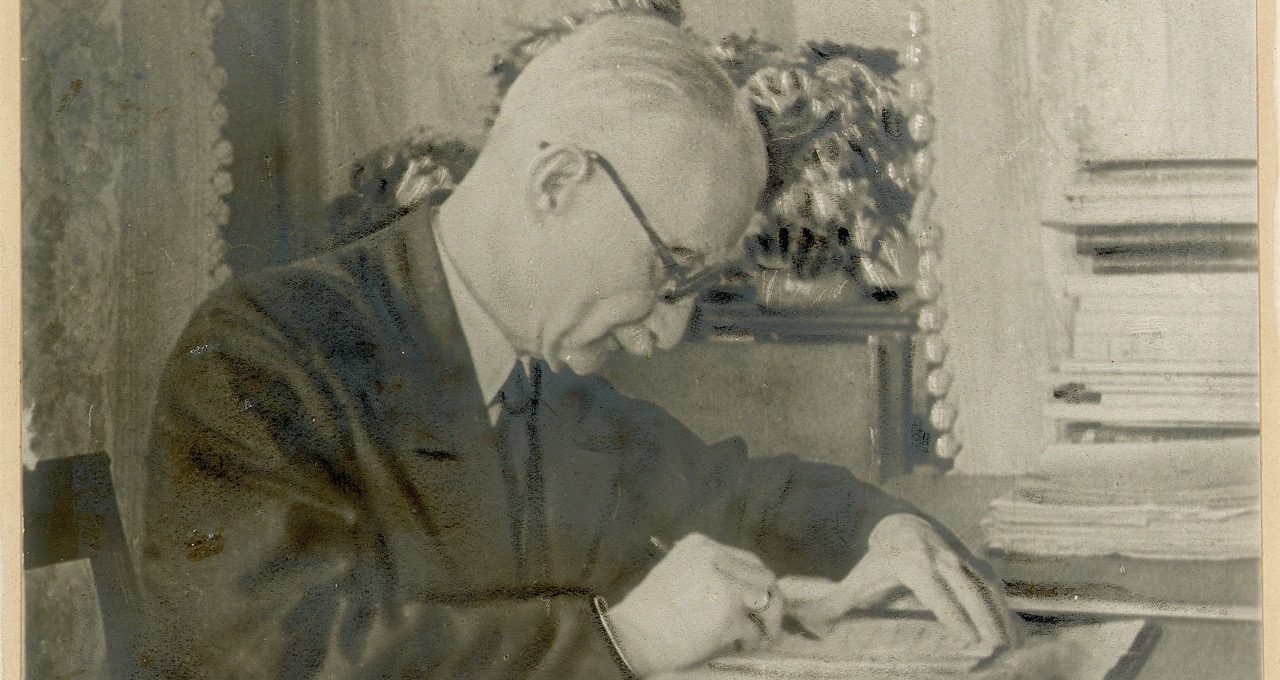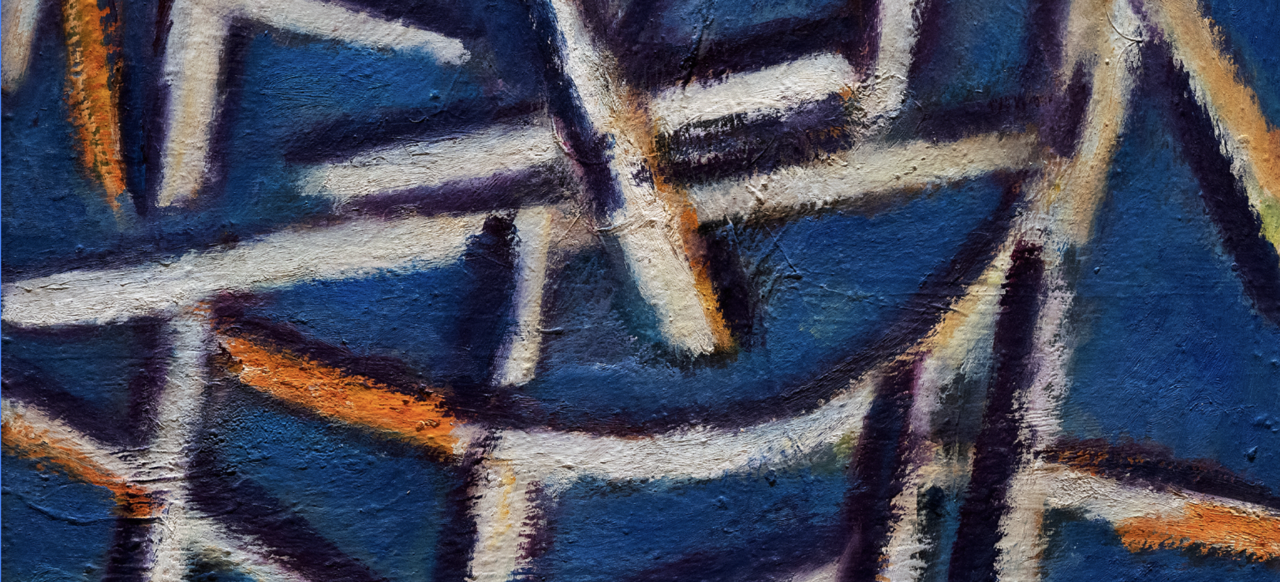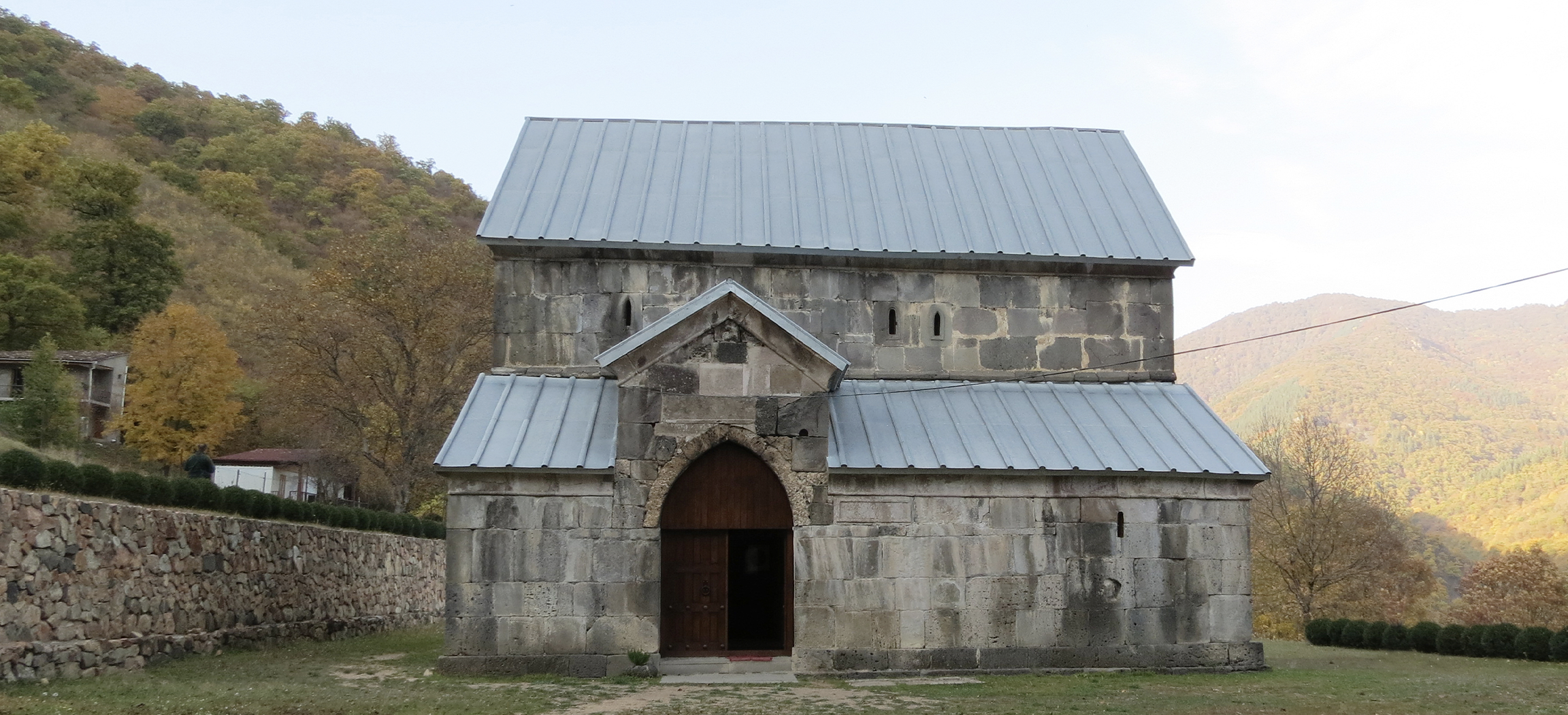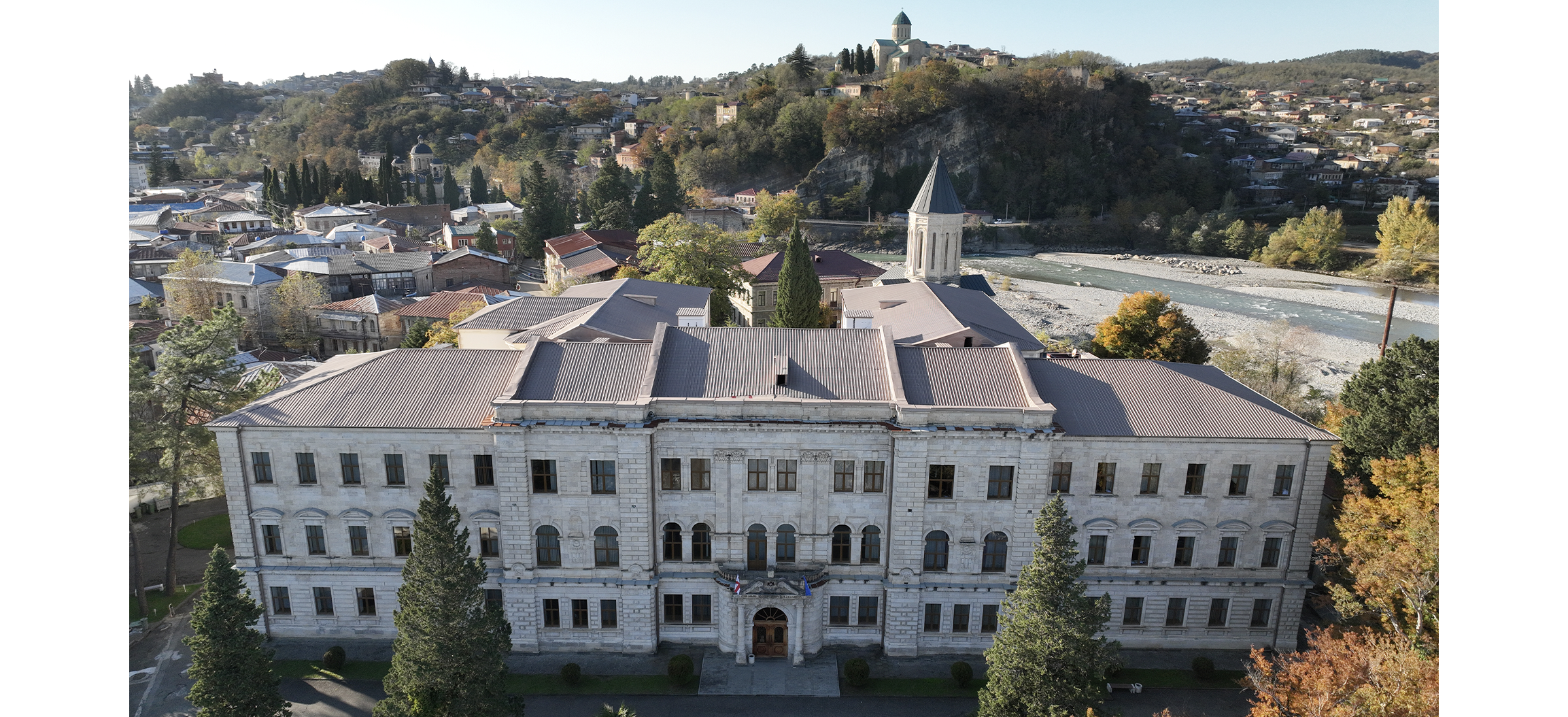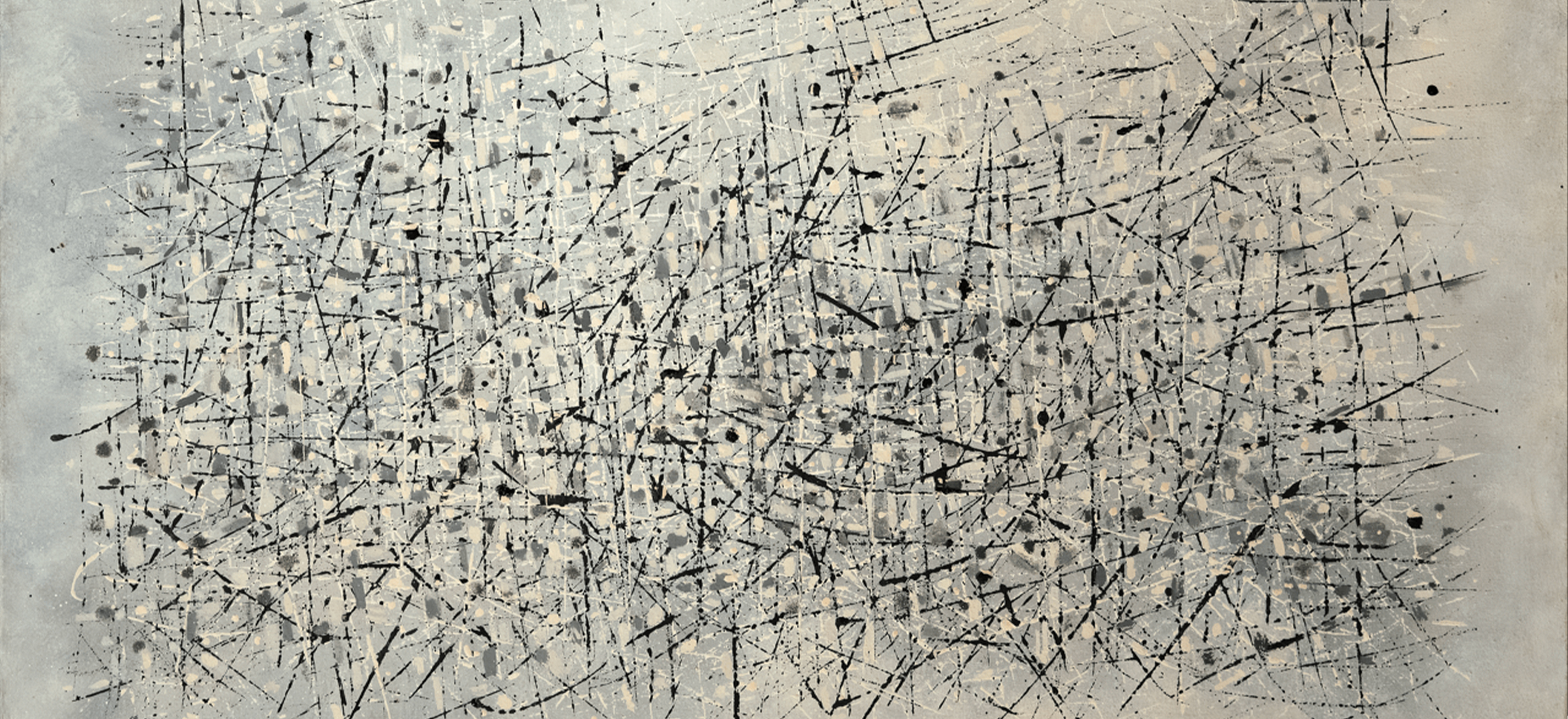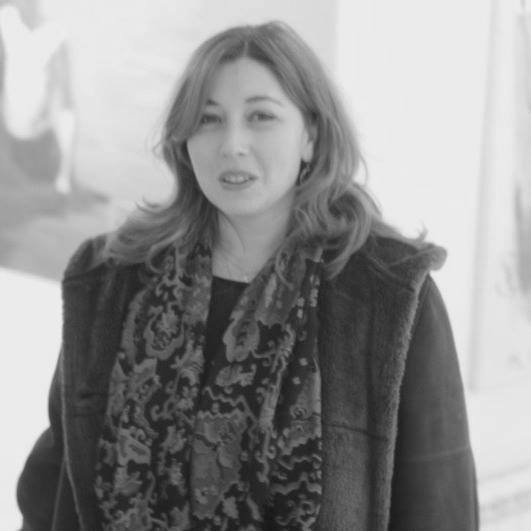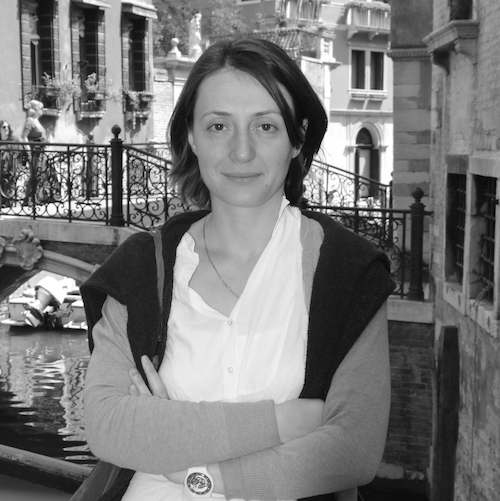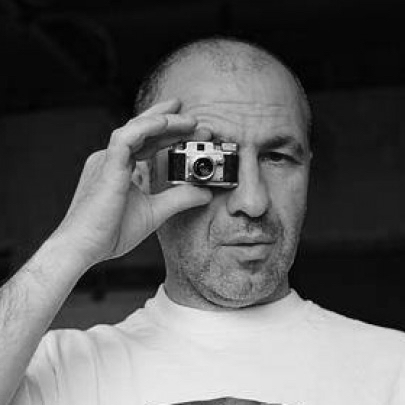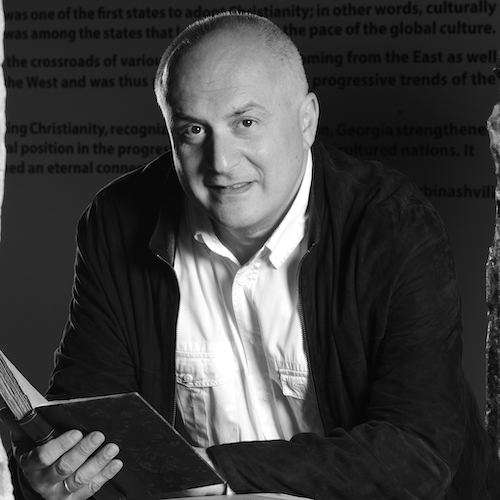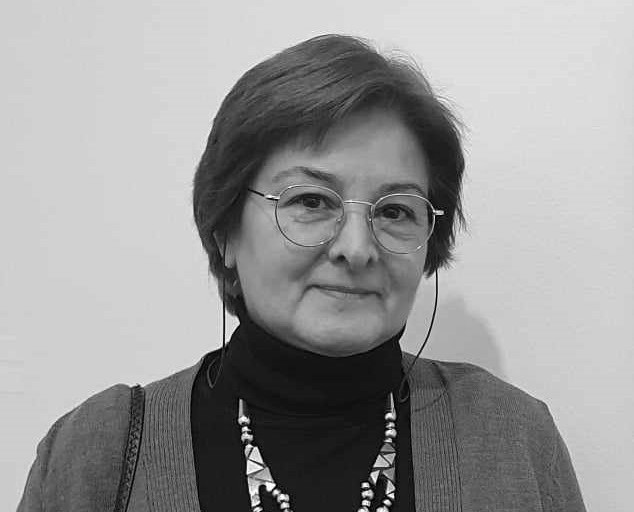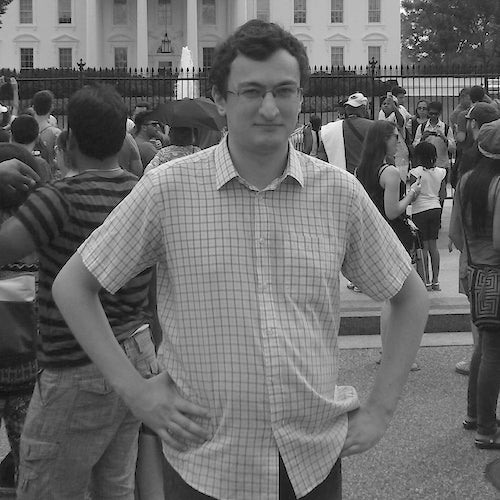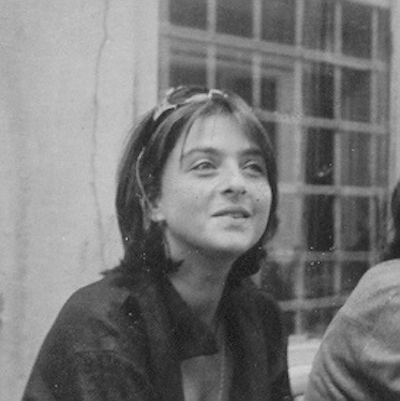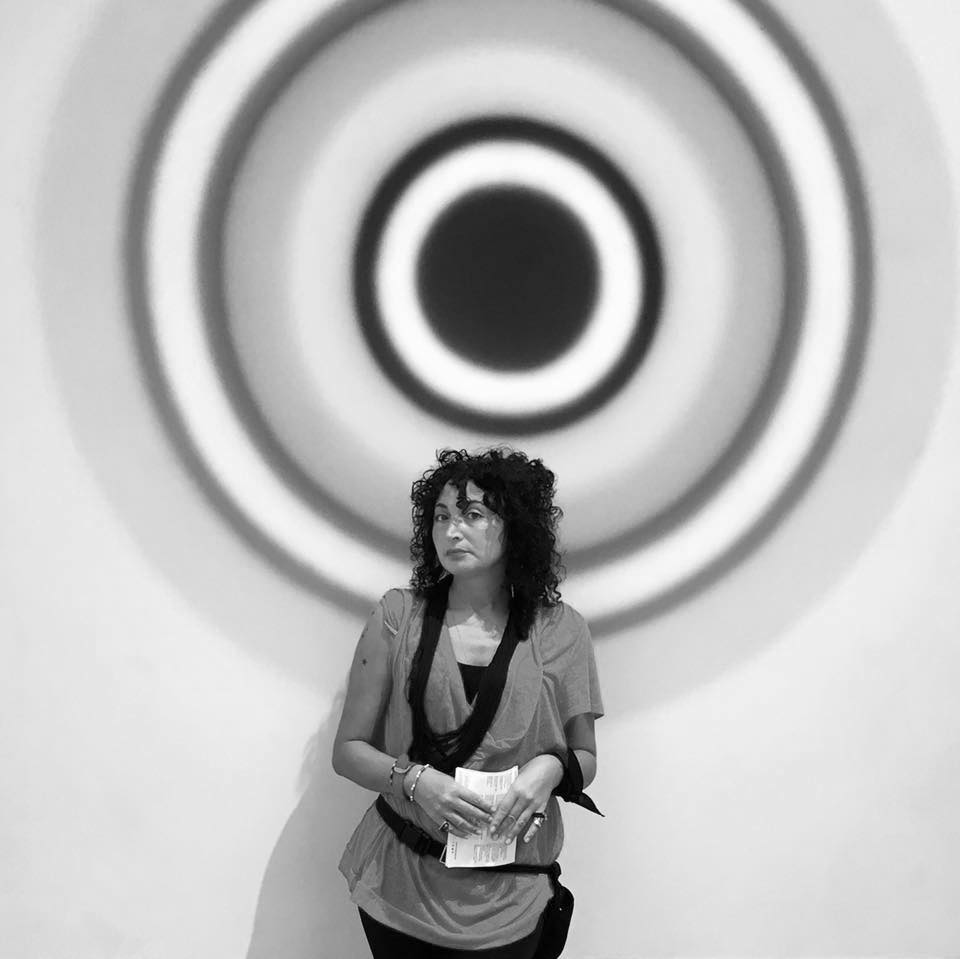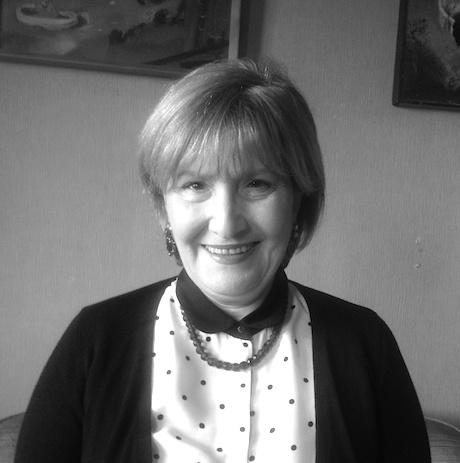Irina Koshoridze (ირინა კოშორიძე). Curator of Oriental collections, Shalva Amiranashvili State Museum of Fine Arts, Georgian National Museum; Associate Professor of the Institute of Fine Arts, Department of Humanity Tbilisi State University Irina Koshoridze is Associate professor of the Institute of Fine Arts, Department of Humanity Tbilisi State University and Curator of Oriental collections in Georgian National Museum.
Since February 1 2014 she was appointed as the Director of Georgian State Museum of Folk and Applied Arts. She has various fellowships and trainings in Museum management and museum studies: IPAM -International Partnership between Museums (1999-2000,USA), Fulbright Scholarship (2000-2001,NY University, USA); FDP –Faculty Development Program –(2006-2009, NY University), RCAC – Research Center of Anatolian Civilizations (2015, Koç University, Turkey). 2002-2008 Dr. Koshoridze was the head of the comity of exporting the cultural Heritage moveable objects in the Ministry of Culture and protection of the monuments. 2013-2015 Koshoridze was the member of the committee of the Cultural Heritage comity in the Ministry of Culture and protection of the monuments. The long experience in Museum work includes curatorial, educational and exhibition practice. As Vice-president of Georgian Museum Association and board member of ICOM National Comity in Georgia she organized different loca,l and international trainings for Museum staff. From 2002 Koshoridze implemented the course of Museology in Tbilisi State University on bachelor’s degree level. Since 2006/07 till today she is heading the model of Museum study Graduate program in Tbilisi State University. Koshoridze participated in international conferences and meetings in Museology, have published papers and book about new models of Museum management.
As Curator of Oriental art collections in Georgian National Museum she works on various projects, her research and publication concentration are Islamic art and the cultural connections between Georgia and neighboring countries (mostly Iran and Turkey) in the 17th to 19th centuries. As former fellow of New York University department of Art History (2006-2009) she developed the curriculum in Islamic art for BA degree students and special seminars for M.A. students. Dr. Irina Koshoridze is the participant of various international symposiums and seminars, the author of publications in the field of Islamic, Far Easter and Indian Art and Museology.


